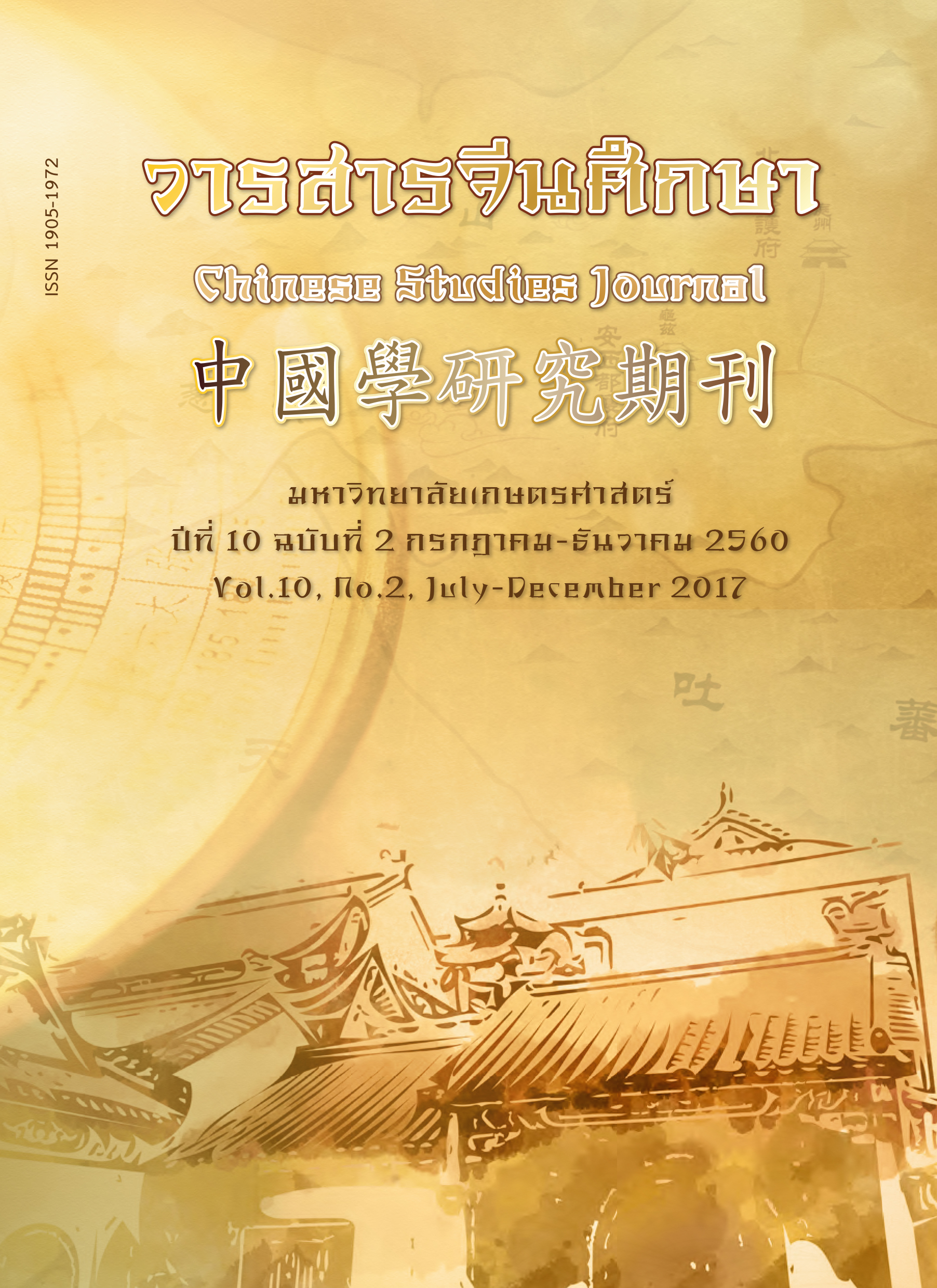The Development of Chinese Nikaya Mahayana Buddhism in Thailand
Main Article Content
Abstract
In Thailand, the nation of Buddhism, Buddhism has been inherited as a tradition through out generations. The population of Thailand is about 65.9 million, and 94% of it believed in Hinayana Buddhism, and 1.5% of it believed in Mahayana Buddhism, and Muslim and Christians are 4% and 0.5% respectively. There are about 34,000 temples and 4,000 monks in Thailand. Besides, Bangkok, the capital city, is formerly called as the “City of Angel”.
In the ancient times, when the Buddhism was transported in Thailand, it was divided into Hinayana and Mahayana. Originally, there was no difference in Hinayana Buddhism, until the Bangkok dynasty King Rama IV became a monk. At that time, Hinayana Buddhism was divided into mahanikai and thammayut. Meanwhile, Mahayana Buddhism was divided into two parts, the Chinese style and Vietnamese style. Hinayana Buddhism has become the main religion in Thailand. Temples and monks of it are important in Thai religion, which have influenced several areas of the society.
This thesis is mainly about the Chinese style Mahayana Buddhism. Although there are less temples than which of Hinayana Buddhism, there are numerous temples are famous and interesting. This thesis also aims to discuss the influence of Chinese style Mahayana Buddhism in the Thai society.
Article Details
ผลงานทางวิชาการที่ลงตีพิมพ์ในวารสารจีนศึกษา มหาวิทยาลัยเกษตรศาสตร์ เป็นลิขสิทธิ์ของผู้เขียนหรือผู้แปลผลงานนั้น หากนำลงในวารสารจีนศึกษาเป็นครั้งแรก เจ้าของผลงานสามารถนำไปตีพิมพ์ซ้ำในวารสารหรือหนังสืออื่นได้โดยมิต้องแจ้งให้ทราบล่วงหน้า แต่หากผลงานที่ได้รับพิจารณานำลงในวารสารจีนศึกษา เป็นผลงานที่เคยตีพิมพ์ที่อื่นมาก่อนเจ้าของผลงานต้องจัดการเรื่องปัญหาลิขสิทธิ์กับแหล่งพิมพ์แรกเอง หากเกิดปัญหาทางกฎหมาย ถือว่าไม่อยู่ในความรับผิดชอบของวารสารจีนศึกษา มหาวิทยาลัยเกษตรศาสตร์ ทั้งนี้ ความคิดเห็นต่างๆ ในบทความเป็นความคิดเห็นส่วนตัวของผู้เขียน ไม่เกี่ยวกับกองบรรณาธิการวารสารจีนศึกษา มหาวิทยาลัยเกษตรศาสตร์


